Characteristics of Tayrona Park
The Tayrona National Natural Park is a unique place in Colombia and in the world, since its vast territory is born on the slopes of the Sierra Nevada de Santa Marta and is divided into 12,000 hectares of land and 3,000 hectares of sea.
The terrestrial ecosystems found in the Tayrona National Natural Park are: dry forests, thorny scrublands, humid forests and cloud forests.
The marine and coastal ecosystems found in Tayrona National Natural Park are: the rocky coastline, beaches, sandy bottoms, coral reefs, mangroves, seaweed and seagrass meadows and lagoons.
This beautiful natural space comprised of mountains, indigenous settlements, ecological trails and beaches located along the Caribbean Sea, as a result of its natural beauty, historical and cultural value, this natural park has become a popular tourist destination for people from all over the world.
Do you know what the weather is like in Tayrona Park?
The climate of the Tayrona Natural Park is based on the tropical dry forest and tropical humid forest biomes. Warm soil, with a mean annual temperature of 28°C, a seasonal rainfall pattern, with a dry season from December to April and a wetter but intermittent period from May to November. Due to the seasonal distribution of precipitation, most of the rain falls at the end of the second half of the year.
So don’t worry because Santa Marta is a warm city and the best for your vacations, if you want you can visit our guide to travel to Tayrona Park 👉🏽 Guide to travel to Tayrona Park
Flora and Fauna of Tayrona Park
This National Park in Santa Marta is a natural paradise that houses many ecosystems, plants and animals, it is an ecological reserve rich in fauna and flora. It is one of the places with the greatest biodiversity in Colombia, habitat of a great variety of mammals, birds, reptiles and marine creatures that live in the 15,000 hectares that comprise the entire territory of Tayrona Park.
Flora of Tayrona Park
The flora that grows in the Tayrona National Park is divided into two different ecosystems, tropical dry forest and tropical wet forest. These ecosystems produce mountains with thick vegetation to dry climate shrubs and trees. Many species of algae and coral zones can be found in the Tayrona marine fringe, while the terrestrial flora has more than 770 different species of plants.

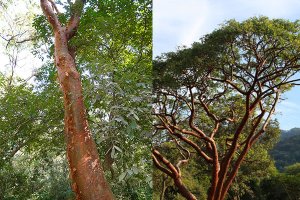
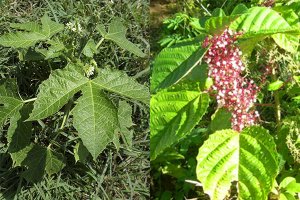
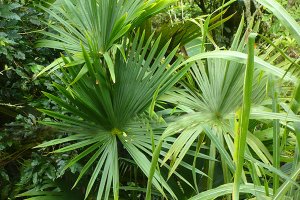
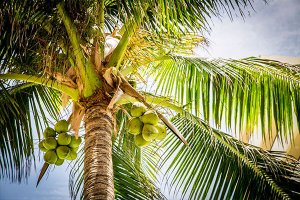
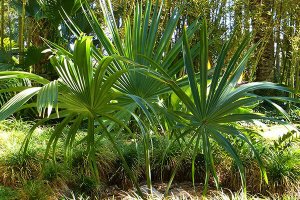
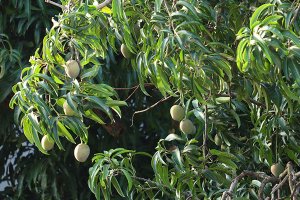
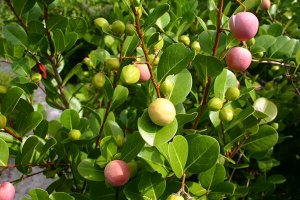

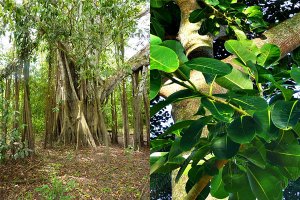
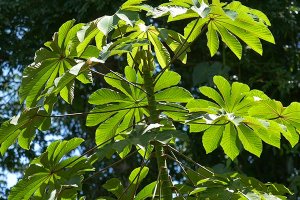

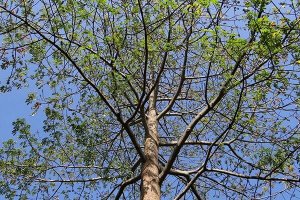


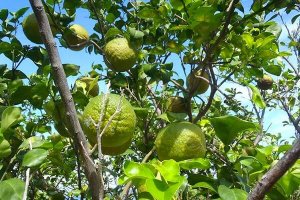

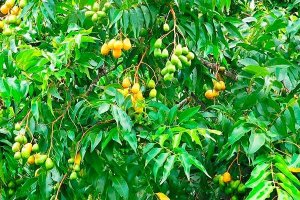
Fauna of Tayrona Park
The Tayrona National Natural Park is home to hundreds of animal species that roam freely, taking into account that due to their great occupation, many of these animals hide due to human presence. There are some of these animals in the Tayrona Natural Park that are dangerous and should not be found, such as the different types of snakes, caimans and jaguars.
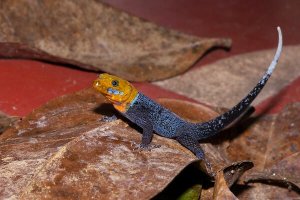
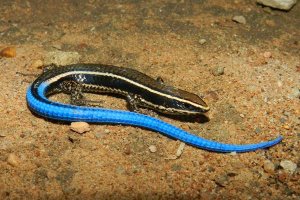

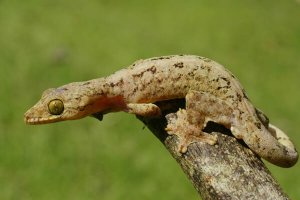
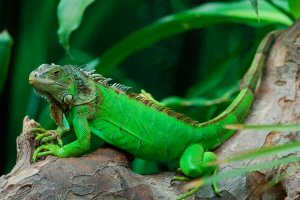
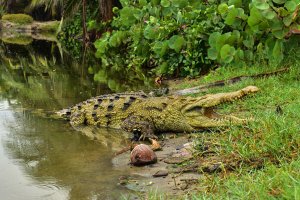
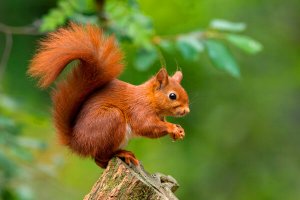
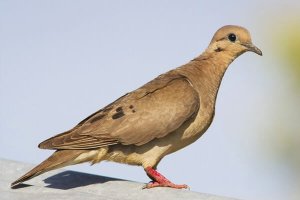

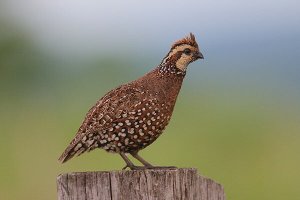
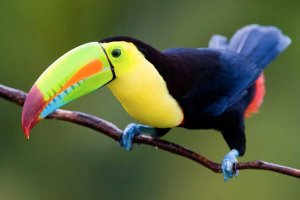

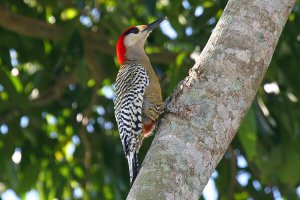
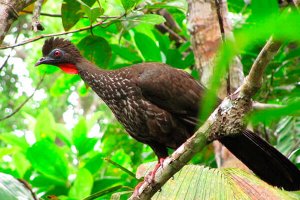
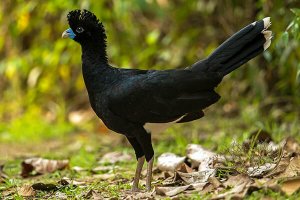

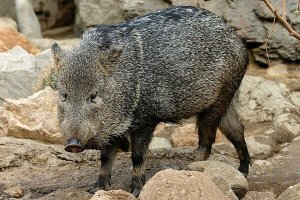

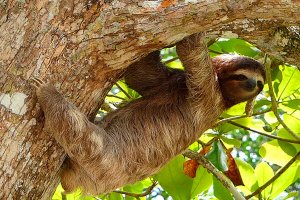
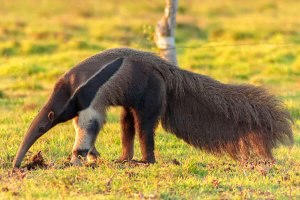
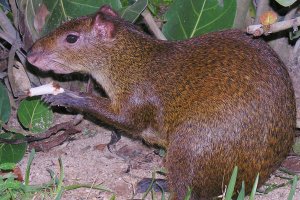
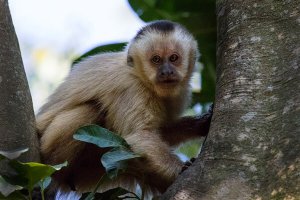
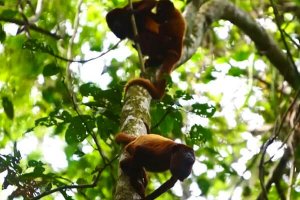
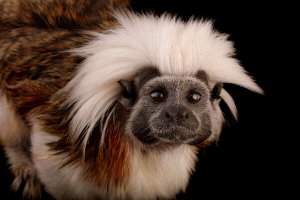

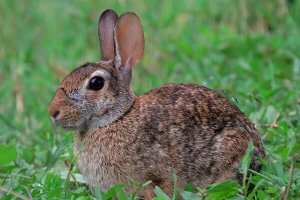
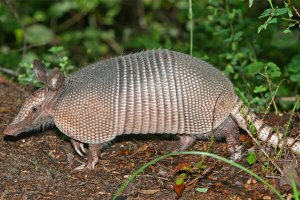
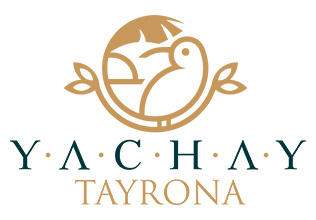
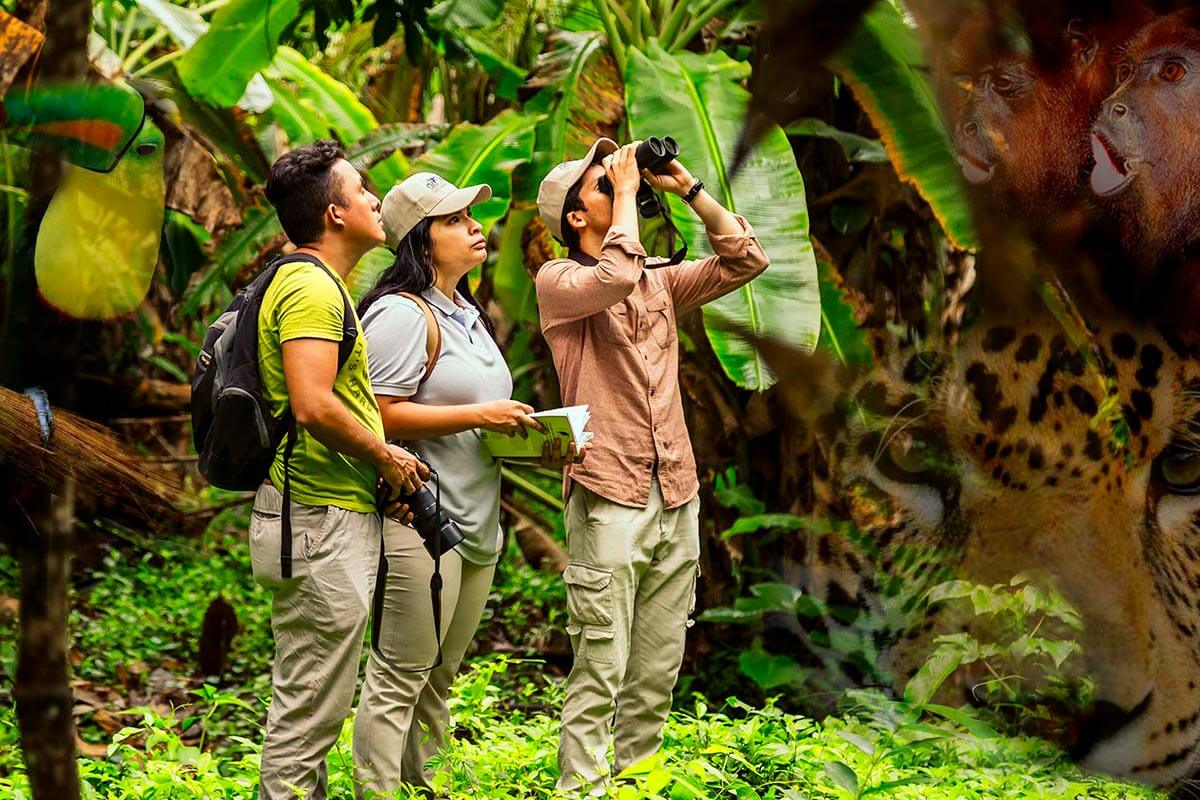
Comment (0)